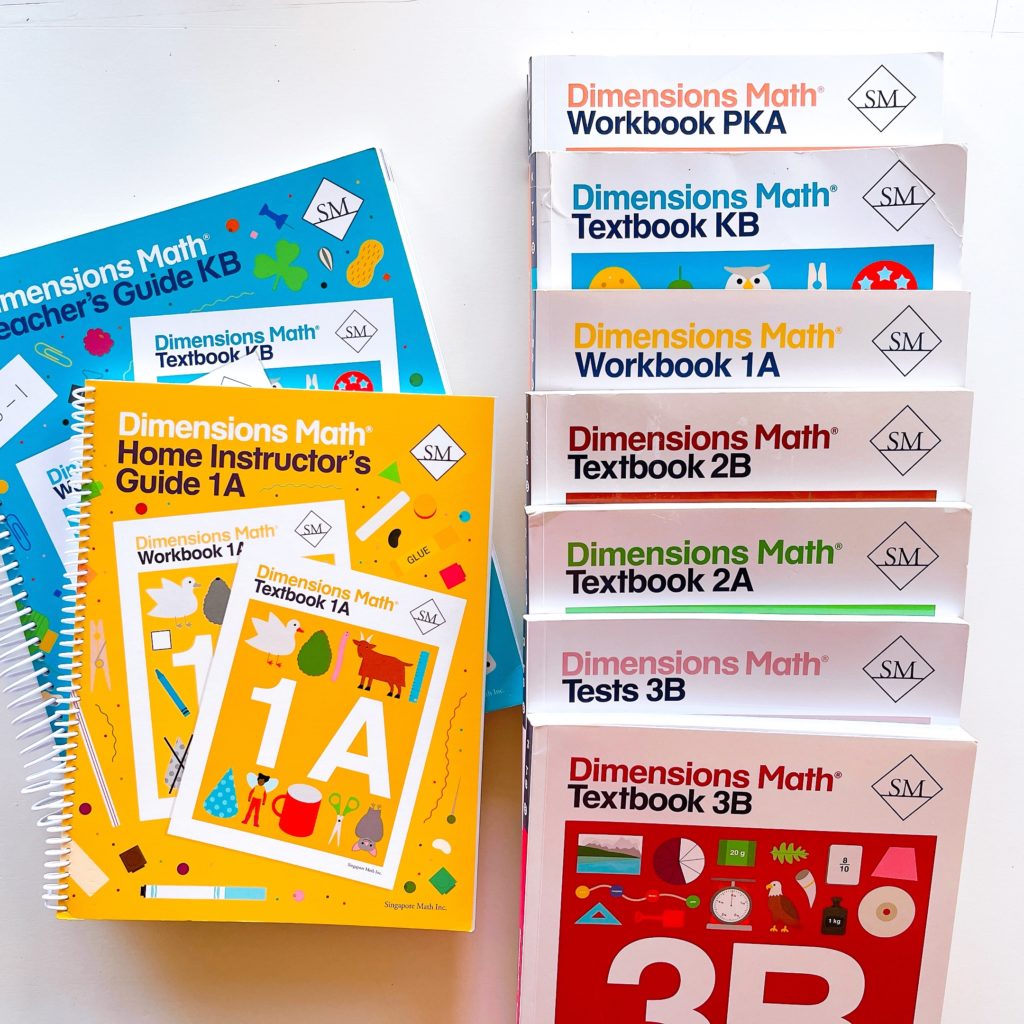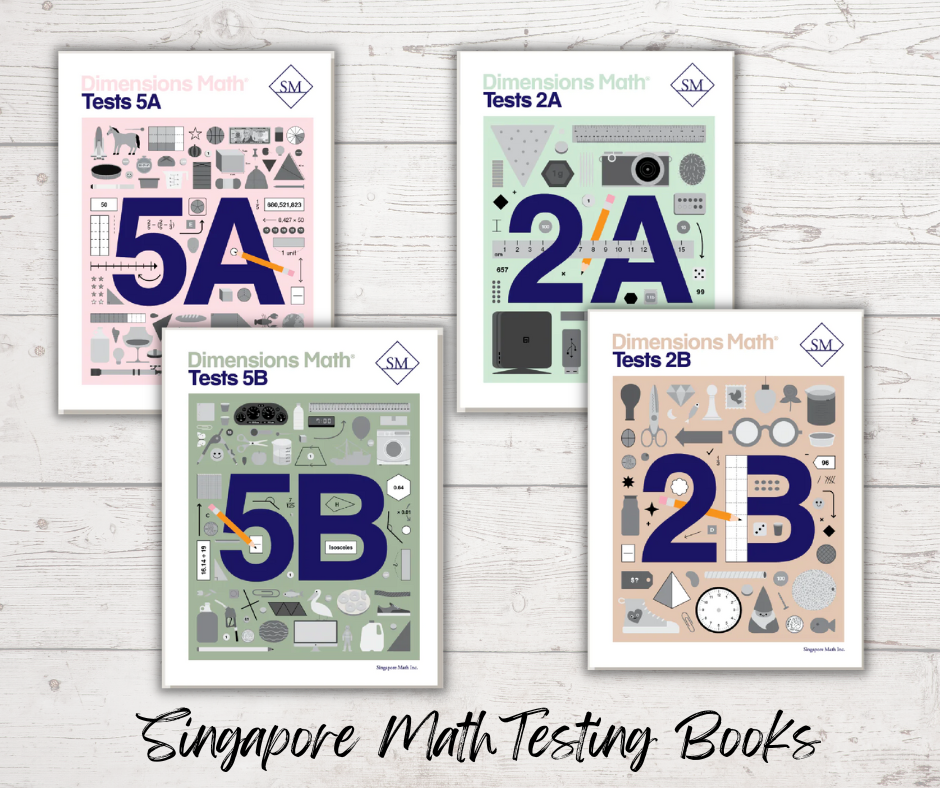I write a lot about our math curricula, so I thought it would be fitting to share why it is one of the best choices you can make for your homeschool.
Mastery-based
Singapore Math uses a mastery-based approach in teaching. If you are wondering what the most significant benefit is – IT STICKS. I’ve seen it with my 7-year-old, who went from level 2 to level 3, and the concepts we took time to master in level two are clearly showing in level three. Also, I have seen my 4-year old develop a good number sense and some unexpected mental math while working through Level K. If I ask him to make 7, he will tell me 5 and 2. Then, if I ask him to make 8, he will say 5 and 2 and 1 make 8.
The right amount of rigor
Rigor means different things to everybody. If you challenge your child to do more than they assume they can do, the chances are that they will step up and meet the goal. If they can’t, you need to take a step back and challenge them in increments that they can handle. If you do not offer the challenge, you will never know if they can do it. This is what rigor means to me. It is a level of challenge that keeps your kid at the edge of easy and tough. Singapore Math Dimensions gives my kids the right amount of rigor. This curriculum explicitly teaches word problems, mental math, and mathematical operations in ways your child builds mastery and skill for higher-level arithmetic.
Multiplication and Division are taught together
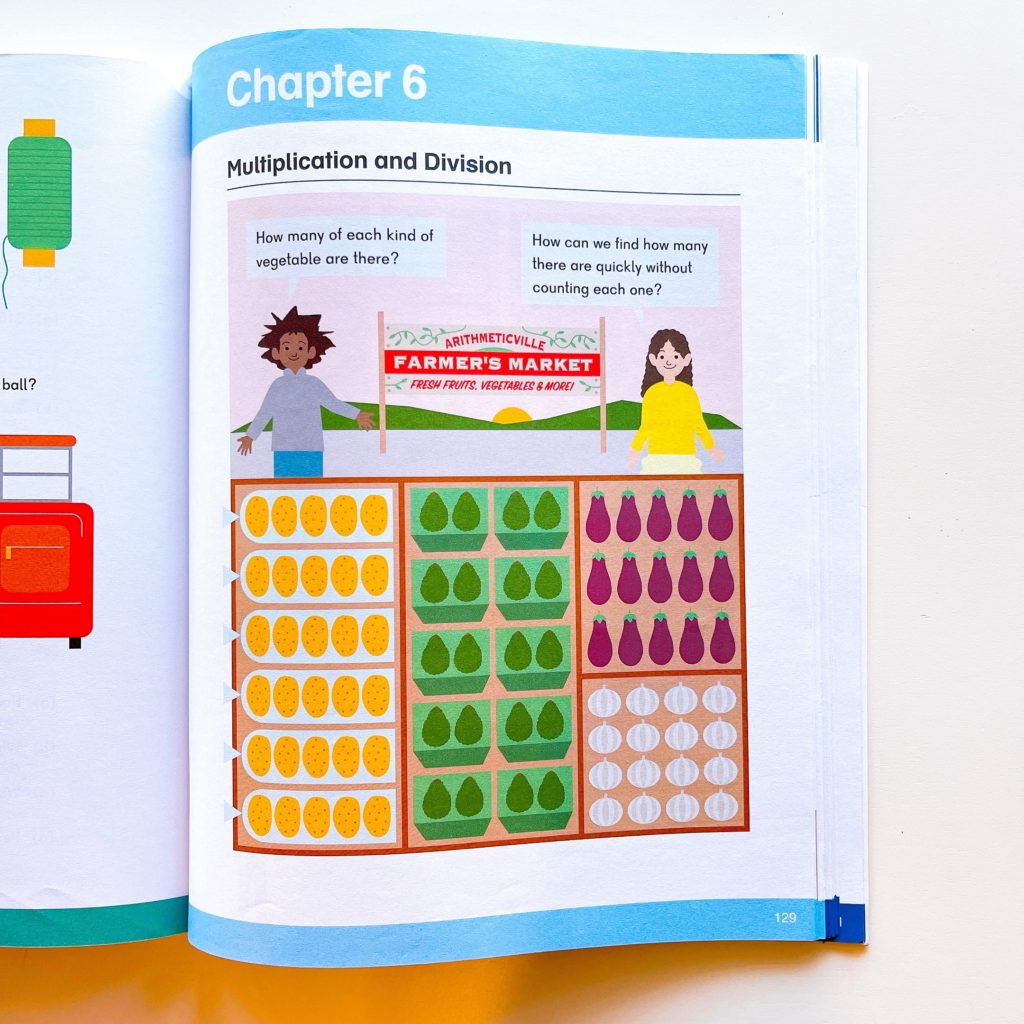
It is genius how Singapore Math does this, and here are some reasons you should teach it this way if it isn’t covered in your math curriculum.
- First off, math, in general, is more than crunching numbers. It teaches you how to sequence objects, observe and create patterns, and apply logic to solve problems. Knowing these two operations at the same time can build these math skills significantly.
- Second, when teaching multiplication and division conceptually, arrays are the best way to teach them. Using one visual image, you can write 2 multiplication and 2 division equations. Why would we wait to master multiplication before we can point this out?
- Thirdly, they are both inverse operations. If you know one, you can’t not know the other. In other words, if you know multiplication facts, you can solve division facts too.
- Lastly, they both work with groups of equal quantities. When we got to bar models, this was evident to my kid, unlike in addition and subtraction.
Mental Math
Mental Math is exactly what it sounds like – doing math in your head. It is an acquired skill, and all kids are capable of it with practice. You need to learn tactics to compute quickly in your head. Taking time to learn a few strategies will benefit your child throughout their life. Here’s how Singapore Math teaches this. They have a separate lesson dedicated to Mental calculations at Level 2.
- Concrete: Concrete learning is building mental math. Your kid is learning to create mental images of math problems, so do not skip this learning step. Bring out whatever manipulative you have in your home and use them.
- Whole-part bond models and bar models are pictorial representations and build mental memory of whole-part relationships. Your kid will be drawing mental images of these bonds before you know it.
- Word Problems: These problems exercise mental memory, and your kids don’t even know it. They need to imagine how the fruits in a basket take the shape of a math operation. Word problems also teach your kid that math is about the world around them.
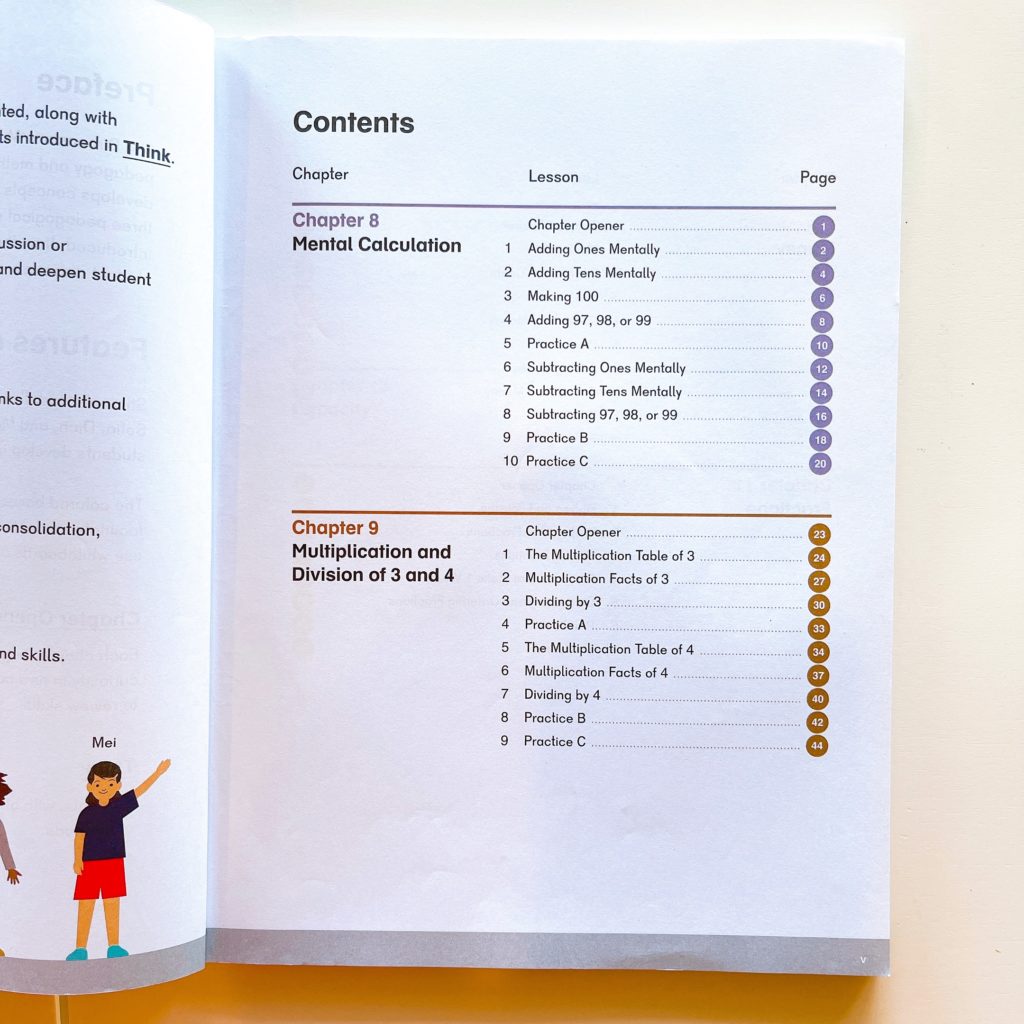
Word Problems
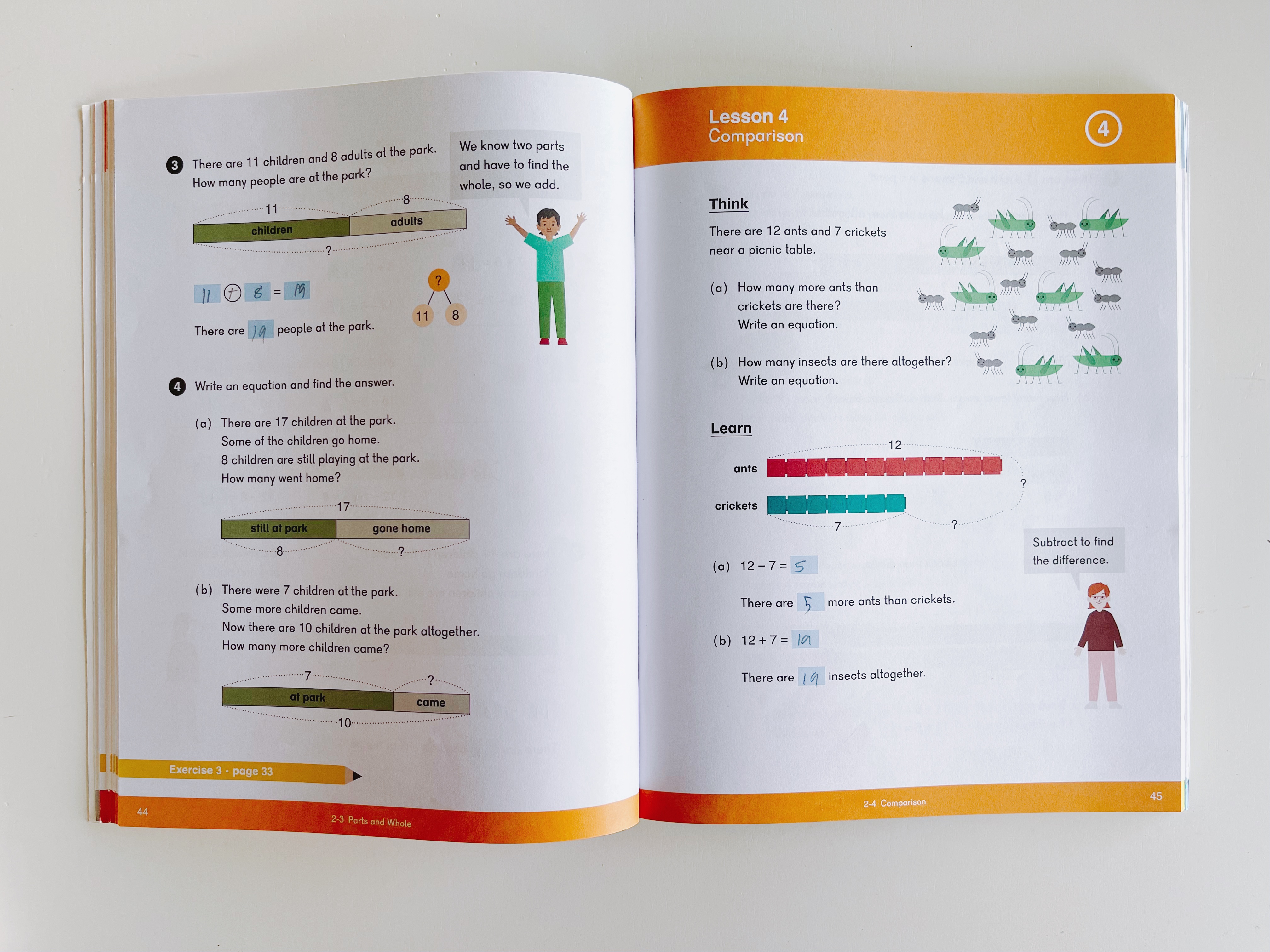
Singapore Math takes the time to explicitly teach how to tackle word problems. In order to solve word problems, first, your child needs to be familiar with the whole-part model which can be represented using number bonds and bar models. If your child can understand this, they can quickly plug in the information they know and solve for the unknown. The second most common word problem is the comparison model.
I’ve seen the build-up of word problems from level K and see where a mastery-based approach is relevant. They teach through story-telling which is essentially what a word problem is.
CONCLUSION
It is important to understand a curriculum before choosing it. The good news is that many moms like me take the time to write these reviews and share our honest experiences so that someone else may find it helpful in making choices for their homeschool.
With that said, keep in mind that every child is unique in their learning ability. As a homeschool educator, you need to gauge your child’s learning ability and pick what works for them. If retention is challenging for your child, a spiral approach to learning might be a better fit, and three are plenty of programs to choose
